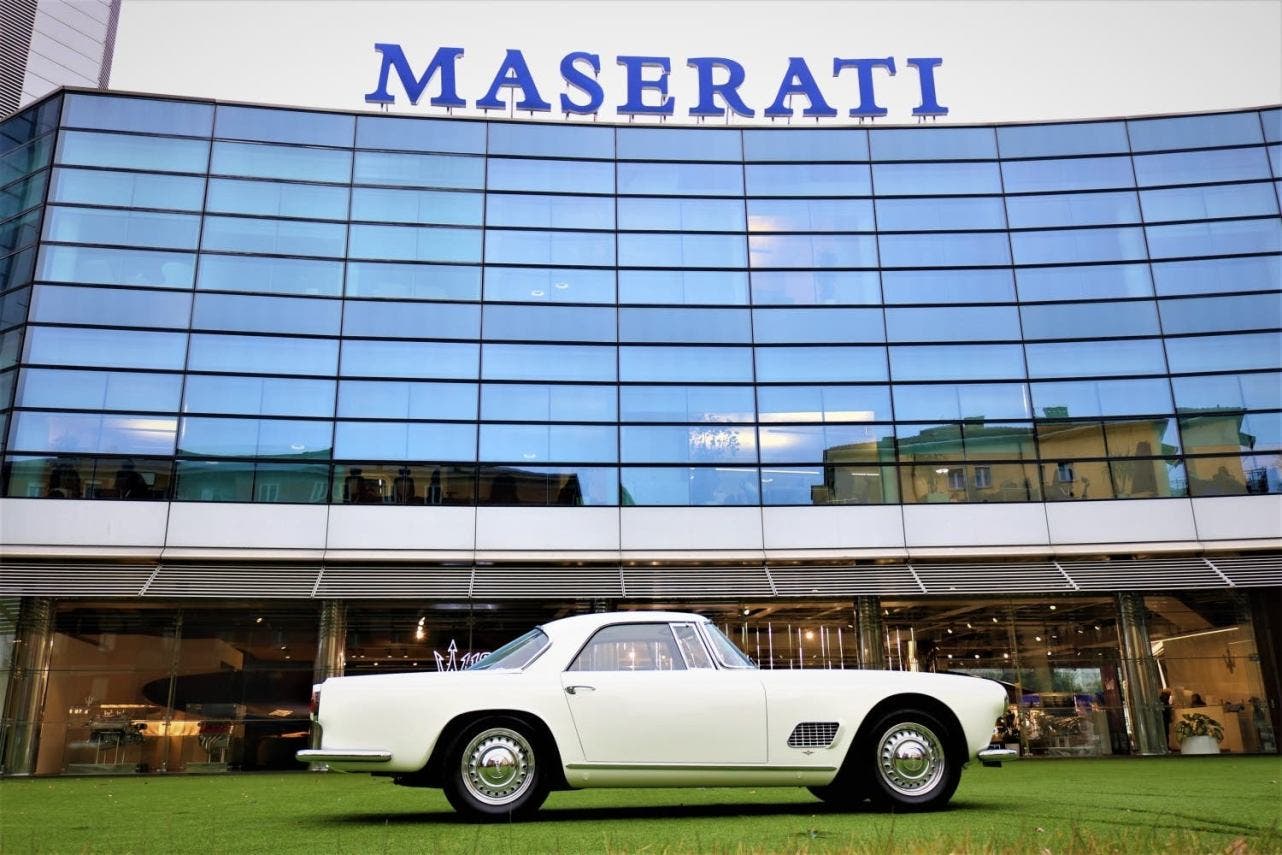The situation for Alfa Romeo and Maserati has never been so concerning, and to be honest, it seems that the future of these Italian premium brands is deteriorating faster than one could have imagined. Between plummeting sales, reduced margins, and an increasingly hostile American market, the two brands are certainly not navigating calm waters.
To further complicate matters, there’s also the tightening of US tariffs enacted by Donald Trump, which could be the final blow for brands like Alfa Romeo and Maserati that are heavily exposed to exports. In short, the crisis is real, and it can no longer be ignored.
Alfa Romeo and Maserati increasingly at risk: their future in the United States hangs in the balance

Stellantis, the conglomerate that controls the two brands, has therefore decided to seek help from McKinsey & Co. consultants, tasking them with conducting a sort of “diagnosis” on the future of Alfa Romeo and Maserati. According to reports from Bloomberg, Stellantis Chairman John Elkann has asked McKinsey to explore various options, including alliances with Asian partners or sharing new technologies, without overlooking more drastic ideas such as a possible spin-off of Maserati.
To put it simply, Stellantis is trying to understand if there is still life for these brands, or if their fate is sealed. The main problem at the moment appears to be American tariffs, which at 25% could further erode Stellantis’ already thin margins.

Alfa Romeo and Maserati have no production sites outside of Europe, and therefore every vehicle destined for the United States will be subject to these tariffs, resulting in price increases and, probably, a decline in sales. And here comes the most worrying news: Maserati realizes about 35-40% of its sales in the United States, and its performance in 2024 has been a real disaster: a 57% collapse in deliveries, halved revenues, and an operating loss of 260 million euros. Not to mention a negative margin of 25%. A real catastrophe.
Alfa Romeo isn’t doing much better either. Global sales have plummeted to just over 60,000 units, with a 19% decline in the United States alone. A descent that, honestly, seems difficult to stop without serious intervention.

